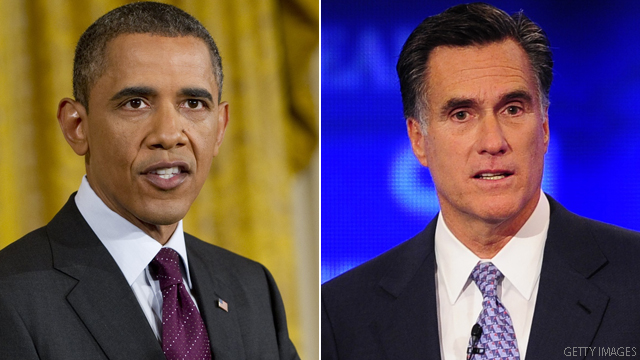Does Your Video Pass the “I Should Certainly Hope So” Test?
GUEST POST
By Jay Carter, Beyond Measure Media
This post is borrowed from BeyondMeasureMedia.com
I have to admit, I was a little nervous when the team at AM:PM PR asked us to come into their office to present our “pro secrets for making powerful videos.”
As a video production professional, the truth is, I was afraid to share with a large group of people just how simple creating powerful videos can be.
As a buddy of mine likes to say, “this ain’t rocket surgery.”
There is, of course, a certain level of knowledge that is required to capture “pro-level” images. But I think even the most clumsy, inexperienced videographers will have a huge edge if they’re an innately good storyteller.
Strip away all the fancy bells and whistles of video production, and what you’re really left with is a deceptively simple form of communication with an extraordinary ability to connect people with the largest numbers of other, like-minded people.
Video Moves Mountains
Video is, hands-down, the most powerful form of leverage I have ever seen when it comes to marketing. It can move mountains.
It can motivate large numbers of viewers to take action. Seeing those kinds of results is the part of my job I love most.
We were recently invited by AM:PM Public Relations in Portland, Oregon to present some ideas in their regular series of “Speakeasy” events.
Afterward, they asked me to share a series of blog posts re-capping the list we shared in part 1 of our two-part discussion.
Here now, is secret number one.
Secret #1: Story is Everything
Now, hang with me here. You might think this “pro secret” is a bit obvious.
So let’s imagine you’re about to produce your very first video about your business or organization.
What would be in the video?
What would you say to the camera?
What facts or elements would make it into the video, and what would be left on the cutting room floor?
Most first-time video makers tend to emphasize “features” over story. That is, they feel their video must be a comprehensive list of all the features and services of their business. And that could be a bad idea.
Story Beats Statistics
Why? Because story beats statistics.
Telling a story will engage an audience much more effectively than if you were to present a list of your company or organization’s features or services.
There’s an undeniable correlation between the quality of the story told in your video and how effective it will be in getting the result you want.
So let’s really dig into what this means: If we deconstruct the most powerful videos that are out there, they all seem to pass one basic test: It’s what I call the “I-Should-Certainly-Hope-So” Test.
Specifically, if someone who is watching your video is able to respond to what is being said in the video with, “Well, I should certainly hope so!,” then the video just might be a ‘fail.’
This is one of the biggest mistakes businesses make when creating their first video.
Watch this quick video to see how I explained the “I-Should-Certainly-Hope-So” test to the Speakeasy guests at AM:PM.
In my next post, I’ll share Pro Secret #2: Forget what camera you’re using; there’s a whole other – and often forgotten – technical part of your video that can make or break it.
Also, if you’re in the Portland, Oregon area, stay tuned for Part 2 of “Pro Secrets for Making Great Videos” in November.
 Jay Carter is a former Texas TV news anchor and reporter, with numerous awards from the Associated Press and the Edward R. Murrow Award for excellence in broadcast storytelling. He has worked as a radio news anchor and voiceover talent. He works with his wife and business partner, Michele Kim Carter, at Beyond Measure Media creating video stories and testimonials for businesses and nonprofits.
Jay Carter is a former Texas TV news anchor and reporter, with numerous awards from the Associated Press and the Edward R. Murrow Award for excellence in broadcast storytelling. He has worked as a radio news anchor and voiceover talent. He works with his wife and business partner, Michele Kim Carter, at Beyond Measure Media creating video stories and testimonials for businesses and nonprofits.








 9. Romney vs. Obama. After all the Republican presidential candidate debates, the months of campaigning and the ups and downs in polls, I expect Republicans will nominate Mitt Romney to face off against President Obama next fall. Mr. Speaker, I reserve the right to revise and extend my remarks.
9. Romney vs. Obama. After all the Republican presidential candidate debates, the months of campaigning and the ups and downs in polls, I expect Republicans will nominate Mitt Romney to face off against President Obama next fall. Mr. Speaker, I reserve the right to revise and extend my remarks.


